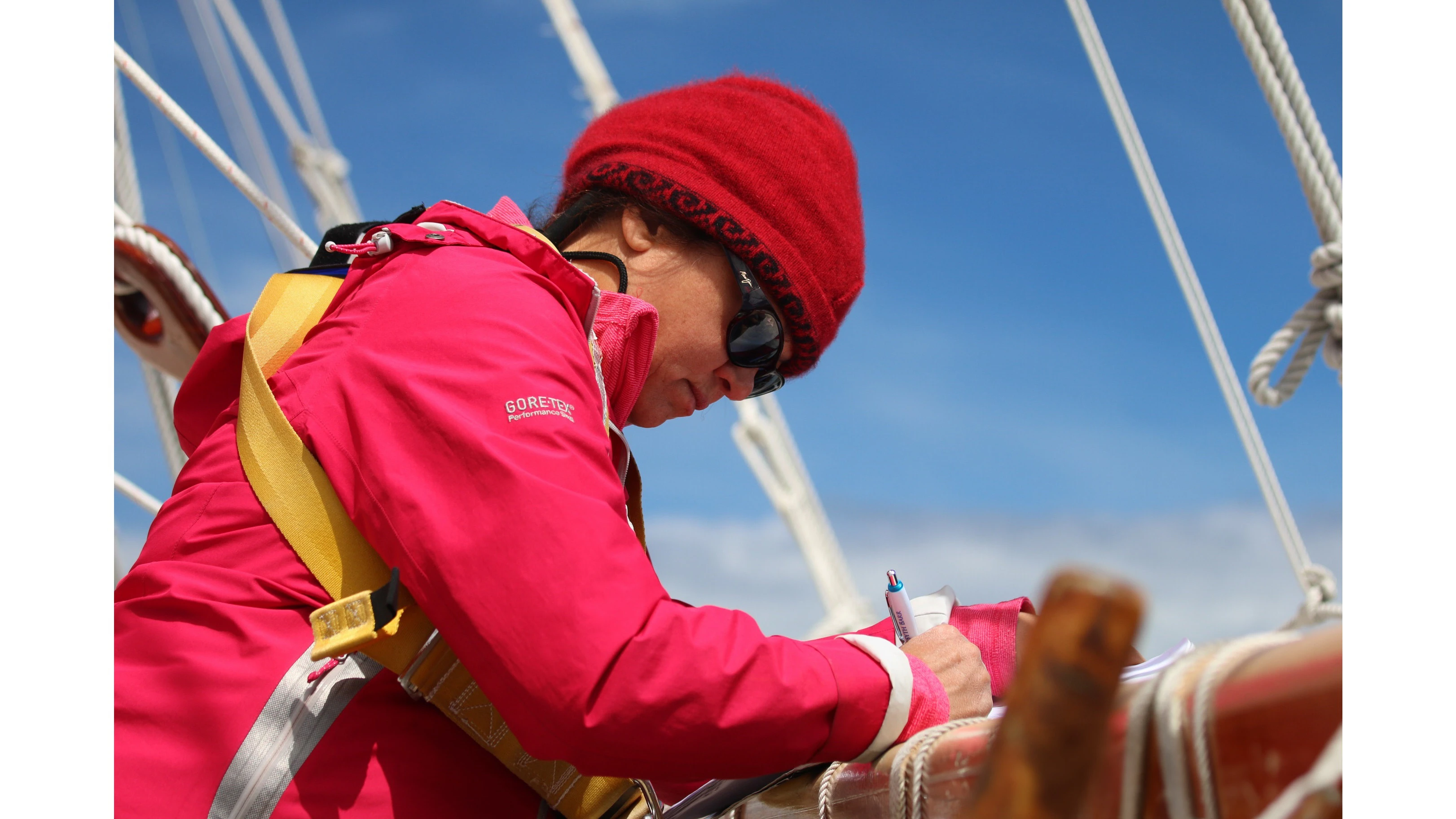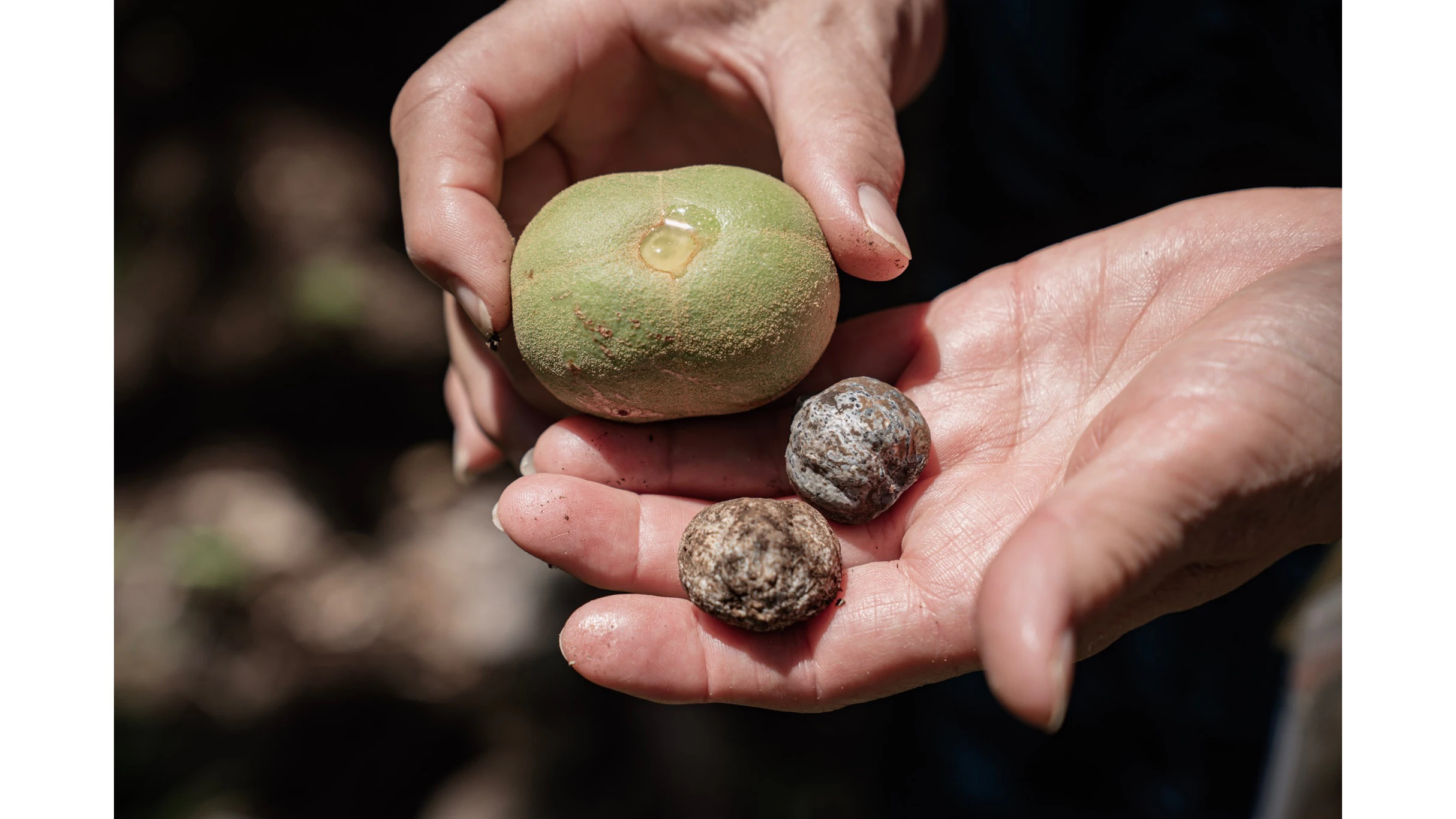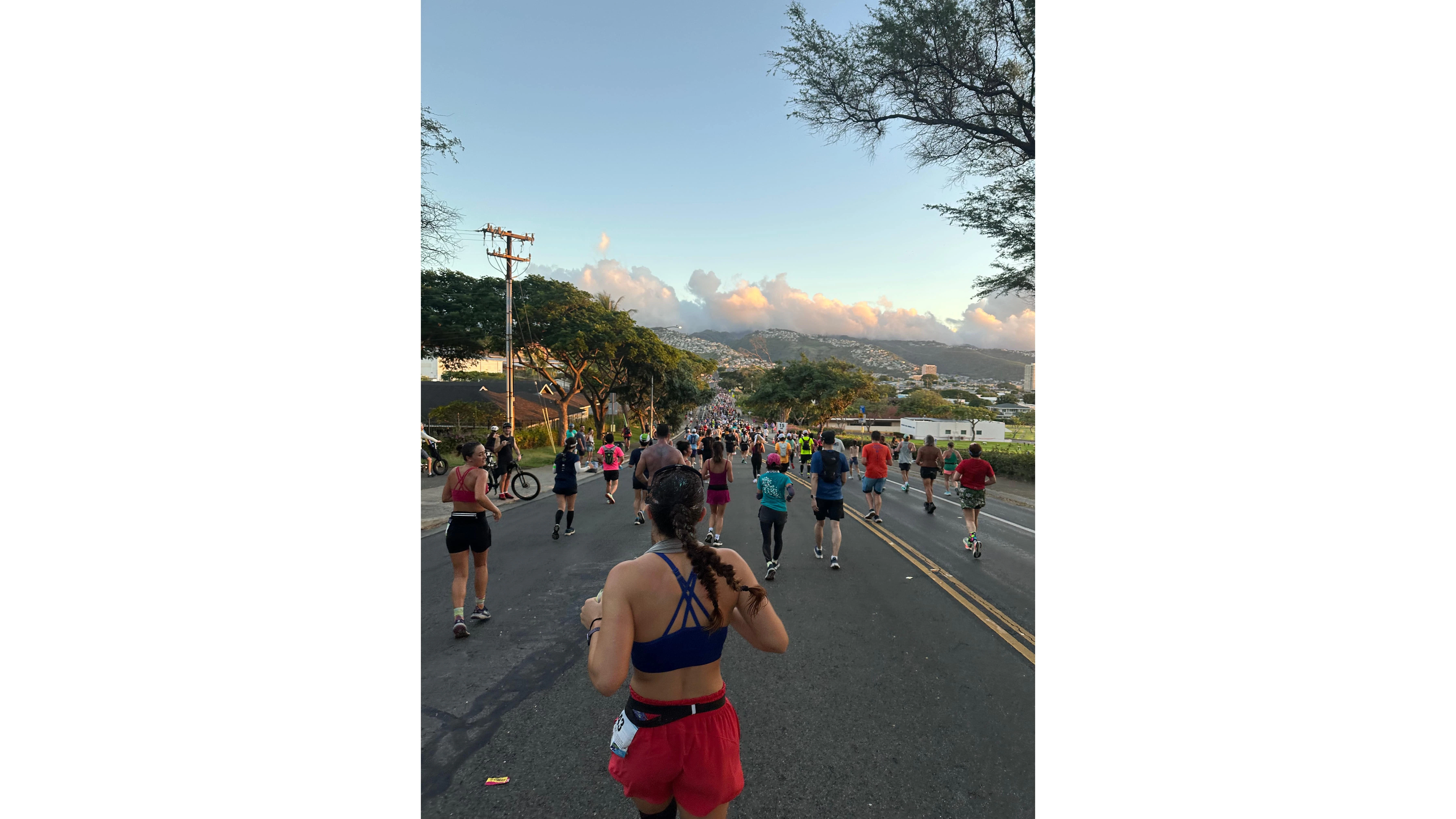Dr. Martina Kamaka grew up in a family whose ties to Hawaiian music and dance trace back more than a century. Her paternal grandfather, Samuel Kaiali‘ili‘i Kamaka, founded the renowned ‘ukulele manufacturing company Kamaka Hawai‘i in 1916. Her great-aunts sang and danced at the Kodak Hula Show and Royal Hawaiian Hotel for years. The tradition continues; for example, a cousin, Chris Kamaka, is a professional musician, and a niece, Skyler Kamaka, danced hula as Miss Hawai‘i 2012.
But it was health care that captivated Kamaka from an early age. In middle and high school, she devoured books about famed nurses Florence Nightingale and Clara Barton. She shadowed nurses at St. Francis Hospital as a summer volunteer but discovered she was more interested in what the doctors were doing.
Today Kamaka is a professor in the Department of Native Hawaiian Health (DNHH) at the University of Hawaiʻi’s John A. Burns School of Medicine (JABSOM). Her epiphany about the merit of lāʻau lapaʻau (medicinal plants) came about when a misstep at home caused a partial tear of a left calf muscle in 2008.
“The pain was horrible; I couldn’t walk,” she said. “It couldn’t have happened at a worse time as I was supposed to leave for the Pacific Region Indigenous Doctors’ Congress at Waimea Plantation Cottages on Kaua‘i the next day.”
Kamaka knew such injuries usually take at least a few weeks to heal. How was she going to fulfill her role as the conference’s primary organizer? Inspired by the words of a visiting lāʻau lapaʻau practitioner, she called a cousin who is also highly regarded in that field. He came to her house, prepared a poultice of laukahi (plantain) and salt, and secured it to her leg with a ti leaf and an Ace bandage.
“He said, ‘Leave it on for three days, and you'll be good,’” Kamaka said. “I went to the conference using crutches. After three days, I took the poultice off, and, oh my goodness, I could walk without pain! I even danced hula two days later! Prior to that, I didn’t use a lot of Hawaiian medicine, but because of that experience, I became more passionate about it.”
In 2005, when JABSOM’s new campus opened on 10 acres of the Kaka‘ako waterfront, Kamaka was a member of the team that created a māla lāʻau lapaʻau (medicinal garden) there. Twenty-one species of native and Polynesian-introduced plants used for healing are now growing in that 3,300-square-foot oasis.
Kamaka takes first-year medical students into the māla to discuss its history and introduce each plant’s medicinal properties. For one workshop, she partners with Dr. Dee-Ann Carpenter, an associate professor in the DNHH who received some lāʻau lapaʻau training and teaches students the protocols for gathering plants.
“They make simple medicines in the māla,” Kamaka said. “For example, they grind ‘alaea [iron-rich clay] and dried ʻōlena [turmeric] with a mortar and pestle, then add freshly squeezed lemon juice and honey to make a medicine that alleviates colds and coughs.
These types of cultural experiences are eye-opening for students because many of them are not from Hawai‘i, and most local students’ exposure to Hawaiian history and culture is limited.
Watching over the garden is an ahu (altar), built by fitting stones together without mortar. Large stones were collected from throughout Hawai‘i, from its lowest point (Kamaʻehuakanaloa, an active submarine volcano off the southeastern coast of Hawai‘i island) to its highest point (Maunakea volcano on Hawai‘i island). Some of the small stones filling the center of the ahu were brought by indigenous visitors from their homelands in Asia, the South Pacific and the Americas.
The four cornerstones honor the physicians who were instrumental in establishing the DNHH in 2003: Dr. Kekuni Blaisdell, Dr. Ben Young, Dr. Naleen Andrade and Dr. Marjorie Mau, the founding chair of the department, which focuses on the health status of Native Hawaiians.
Prior to Western contact, historical accounts indicate Hawaiians were robust, spared from diseases such as smallpox, measles and tuberculosis largely because they were isolated from the rest of the world. Hawai‘i’s first settlers must have been hardy indeed to have made long transpacific voyages of well over 2,000 miles from places such as Tahiti and the Marquesas.
Kamaka’s own stint as the medical officer aboard the November 2014 Waitangi-to-Auckland segment of Hōkūleʻa’s Mālama Honua Worldwide Voyage supports that. The 150-nautical mile leg lasted a month because the canoe frequently anchored in ports along the way for tours and educational presentations.

“Even though it was a coastal sail, living on a canoe, exposed to the elements, is challenging,” Kamaka said. “Common things I treated included stomach problems, skin and respiratory infections, and joint and muscle injuries.”
Doctors Mau and Carpenter had split a previous two-month journey from Tahiti to Samoa on Hikianalia, Hōkūleʻa’s companion canoe. They added a kit of salves and tinctures containing ingredients such as ‘ōlena and nīoi (red pepper) to the Western apothecary aboard the canoes.
“That lāʻau lapaʻau kit proved to be so popular it had to be replenished for my part of the voyage,” Kamaka said. “My fellow crew members also preferred to use it rather than the Western medicines.”
As the coordinator of the DNHH’s Cultural Competency Curriculum Development program, Kamaka is the lead instructor for courses covering topics such as Hawaiian history, Native Hawaiian health disparities and introductions to traditional healing practices — lāʻau lapaʻau, lomilomi massage and ho‘oponopono (conflict resolution).
“I think it’s important for students to be aware that these practices are happening in our community and that they can tap into those resources for patients, if that’s appropriate,” Kamaka said. “I like to tell them the land where JABSOM stands used to be Honolulu’s dump. There was a huge incinerator there, too. But what was once a repository for garbage is now a place of peace, beauty, inspiration, enlightenment and healing. It’s a wonderful metaphor.”






